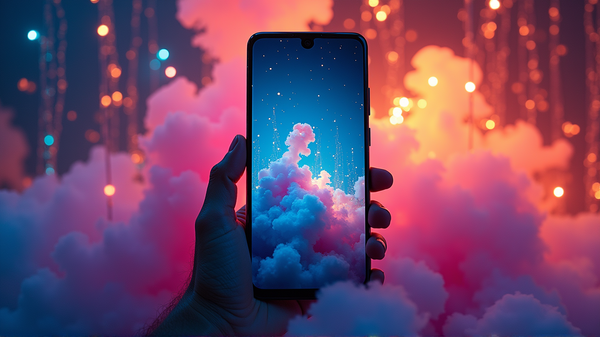Android 15 Promises Enhanced Sleep Mode Functionality with New ZenDeviceEffects API
The forthcoming Android 15 update is set to revolutionize the way users interact with their devices during the night, thanks to the introduction of the new ZenDeviceEffects API. Previously, the ability to adjust screen settings for sleep was confined to Google’s native Digital Wellbeing app. However, with the latest update, third-party developers will now have the capability to customize various screen parameters to create a more personalized bedtime environment. This includes options such as dimming wallpapers, minimizing color saturation, suppressing ambient displays, and enabling dark mode.
The ZenDeviceEffects API not only facilitates a tailored approach to winding down but also integrates a "Do Not Disturb" mode that permits notifications from only essential calls and messages. Users can customize the sleep mode activation time and tweak different screen settings, such as gray shades, dark mode, turning off always-on display, and wallpaper dimming.
Until now, some developers have found workarounds to modify these screen settings in their apps, but this often required additional permissions. With the release of Android 15, third-party applications no longer need to use such workarounds as the ZenDeviceEffects API provides a standardized way to manage these screen settings.
Although the new ZenDeviceEffects API is already available in Developer Preview 2 of Android 15, there is a possibility that Google might refine it further before the stable release. Currently, the API includes some underperforming features, such as dark mode toggling, which does not work as expected. There is also hope that Google will unlock additional ZenDeviceEffects that could include turning off adaptive brightness, tap-to-wake, lift-to-wake, sensory interaction, minimizing radio usage, and maximizing sleep mode.
The expanding capabilities of third-party apps to manage screen settings in sleep mode offer users more options to create customized bedtime routines that better cater to their individual needs and habits. By enhancing the possibilities within the API, Google allows third-party developers to do more with a device’s screen during sleep mode, which contributes to improved sleep quality and overall well-being of users.




